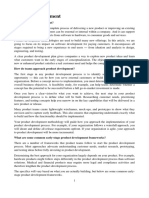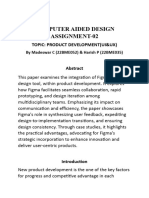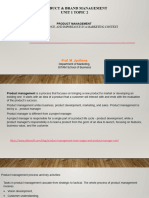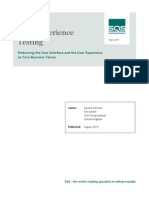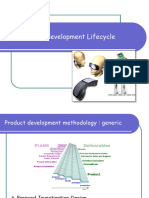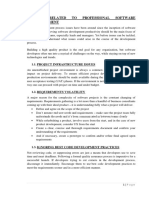0% found this document useful (0 votes)
23 views22 pagesSoftware Development Roadmap
The document outlines the Software Development Lifecycle (SDLC) for Company Name, detailing each phase from idea conception to maintenance, emphasizing stakeholder compliance. It includes milestones for an AI product roadmap, highlighting key activities such as requirement gathering, design, coding, testing, and launch strategies. Additionally, it emphasizes the importance of user feedback, market analysis, and iterative improvements post-launch to ensure product success.
Uploaded by
mercyfrancis545Copyright
© © All Rights Reserved
We take content rights seriously. If you suspect this is your content, claim it here.
Available Formats
Download as PDF, TXT or read online on Scribd
0% found this document useful (0 votes)
23 views22 pagesSoftware Development Roadmap
The document outlines the Software Development Lifecycle (SDLC) for Company Name, detailing each phase from idea conception to maintenance, emphasizing stakeholder compliance. It includes milestones for an AI product roadmap, highlighting key activities such as requirement gathering, design, coding, testing, and launch strategies. Additionally, it emphasizes the importance of user feedback, market analysis, and iterative improvements post-launch to ensure product success.
Uploaded by
mercyfrancis545Copyright
© © All Rights Reserved
We take content rights seriously. If you suspect this is your content, claim it here.
Available Formats
Download as PDF, TXT or read online on Scribd
/ 22










